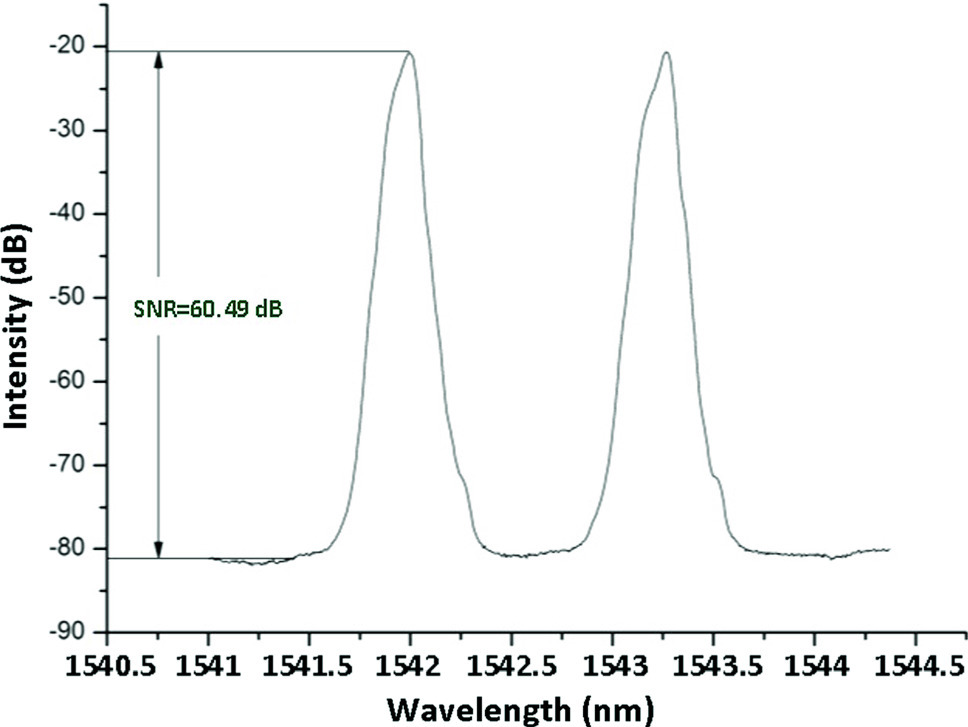https://doi.org/10.1140/epjd/s10053-024-00835-5
Regular Article - Optical Phenomena and Photonics
Investigation of nonlinear optical effects with fibre Bragg gratings and signal-to-noise ratio in the evolution of highly sensitive system
1
Department of Electrical Communication Engineering, University of Kassel, 34125, Kassel, Hessen, Germany
2
Institute of General Electrical Engineering, Faculty of Computer Science and Electrical Engineering, University of Rostock, Albert Einstein Strasse 2, 18059, Rostock, Mecklenburg-Vorpommern, Germany
3
Department of Electronic Engineering, Faculty of Engineering & Technology, The Islamia University of Bahawalpur, 63100, Bahawalpur, Pakistan
4
Department of Electrical Engineering, Faculty of Engineering & Technology, Bahauddin Zakariya University, 60800, Multan, Pakistan
Received:
27
November
2023
Accepted:
22
March
2024
Published online:
9
April
2024
To help the physicians, intra-cavity absorption spectroscopy is being used to design a highly sensitive biomedical sensor for air coming from the lungs. Using the principles of lasing, two different wavelengths (modes) are used to set up this operation. An analysis of our previous results indicates that an in-depth investigation of the fibre Bragg gratings is mandatory which has been done in this work. As the sensor’s operation relies heavily on these FBGs, we resort to calculate and investigate their Bragg wavelengths in accordance with the respective intrinsic properties and data-sheets. Each FBG has been characterized rigorously under numerous temperature conditions for long periods of time and leads to the design limitations of the Bragg wavelength. Afterwards, an intensive measurement and evaluation of signal-to-noise ratio of both modes with respect to the input parameters of the setup is performed. This excessive investigation leads to an increased value of signal-to-noise ratio of 54.5 dB in comparison to previous work and profound implementation attributes that have been discussed in detail.
Copyright comment Springer Nature or its licensor (e.g. a society or other partner) holds exclusive rights to this article under a publishing agreement with the author(s) or other rightsholder(s); author self-archiving of the accepted manuscript version of this article is solely governed by the terms of such publishing agreement and applicable law.
© The Author(s), under exclusive licence to EDP Sciences, SIF and Springer-Verlag GmbH Germany, part of Springer Nature 2024. Springer Nature or its licensor (e.g. a society or other partner) holds exclusive rights to this article under a publishing agreement with the author(s) or other rightsholder(s); author self-archiving of the accepted manuscript version of this article is solely governed by the terms of such publishing agreement and applicable law.





